Process variables and manipulated variables are the most important pieces of information from the devices. NAMUR has identified that the status of the devices themselves is also important to help the plant operators run the plant better. This requirement is captured in their NE107 recommendation.
NE107 recommends that operators need a view of the process including the status of the instrumentation in a simple and uniform way regardless of source device.
The NE107 recommendation defines that detailed device-specific diagnostics are summarized as four simple status signals. These signals ensure that the plant operator is not inundated with device troubleshooting details and cryptic error codes. The NAMUR NE107 recommendation harmonizes the display of status for devices.
The operator immediately needs to be shown a status signal if a critical device in the plant malfunctions so they can take appropriate action. This may include taking safe action such as putting the loop in manual or shutting the unit down. An advisory device alarm is instead shown to the operator in the case of a less critical device or less severe problem. The operator can then decide to safely continue until maintenance replaces the device, or even wait for the next turnaround. Device problems not requiring operator action are not annunciated to operators at all, only to maintenance.
In critical situations operators need information to make decisions. The primary pieces of information associated with transmitters and valves are the process variables and manipulated variables. The NAMUR working group 3 together with VDI/VDE and WIB have identified that to help the plant operators run the plant better the status of the devices themselves is also important. Simple consistent indication of device status for operators is defined in the NAMUR NE107 recommendation. More detailed device diagnostics is used by the maintenance organization in the plant for troubleshooting and to plan daily maintenance and turnarounds.
Operation without Status
Operators make decision and take actions on process changes. Failure or fouling of a device will within minutes or hours affect the process. Therefore, operators must also be able to act in case of instrument failure or fouling, before it causes a process upset. That is, to avoid making mistakes that could result in production losses, operators need information. However, operators on most systems today are not informed of many device problems.
Process variables are displayed in operator graphics in traditional control systems and the system may alarm if a transmitter fails completely, provided the transmitter’s analog output goes to a defined level above 20 mA or below 4 mA, and that the system triggers alarms at these same levels. A simple system may have no such device failure alarm at all. Other device issues such as valve deviation, increased measurement uncertainty, exceeded process or ambient conditions, wear, or fouling etc. are not flagged to the operator. Invalid process variable values like simulation or “hold” set in some devices during device maintenance are also not indicated.
Furthermore, Any plant has a mix of devices from many vendors and of different kinds. The types of self-diagnostics in each one is different. That is, each device type and vendor is unique with respect to which device problem for which the analog output is flagged as a failure or not. Moreover, the control system, plant historian, Intelligent Device Management (IDM) software part of the Asset Management System, and other applications display device failure with different icons, colors, and messages. Inconsistencies such as these make the status of the device hard to interpret; it is not easy to determine what each instrument diagnostic alarm means, how severe, and how urgent it is. In most existing plants, process switches and on/off valves generally have no diagnostics whatsoever.
In some plants, maintenance technicians are getting benefits from device diagnostics using IDM software. However, in almost all plants the operators have not been getting any benefit from the diagnostics in intelligent devices. The NE107 recommendation defines how diagnostics from intelligent devices with digital communication are summarized before it is communicated, preferably real-time, from the device to the system to enable operators to take appropriate actions.
With a view of the process including the status of the instrumentation in a simple and uniform way, regardless of source device, operators can become more effective.
NE107 Status Signals to Operator
Intelligent devices have self-diagnostics to check their own health which is then communicated to the system. That is, NE107 status signal relies on digital communication instead of the crude <4 mA and >20 mA signal. The sensor process variable and valve function is validated by the diagnostics. By acting on the NE107 status signal, device failure can be prevented from impacting product quality or even causing a plant shutdown. Diagnostics is also useful as input for daily maintenance and turnaround planning. For instance, devices may be able to predict remaining life of components that wear, such as a stem packing, or fouling can be detected early.
It is important that the plant operator is not inundated with cryptic error codes and device troubleshooting details which could distract and make the operator lose focus, not taking appropriate action. At any rate, the device troubleshooting is not done by the operator, but will be done by the maintenance technician. Therefore, the NE107 recommendation defines four simple status signals into which device-specific detail diagnostics are categorized before it is communicated to the system. It is important that only the simple NE107 status signals are displayed in operator graphics.
NAMUR NE107 status signal description
Additionally some systems display an icon when the device has no problem; a green box with a checkmark, to positively confirm the device is good, while other systems display no icon at all when the device is good, in order to not clutter the display. A gray box icon may be displayed if status signals have been disabled for the device.
NAMUR NE107 status signals may appear simplified in monochrome device displays and in software as menu tree icons or alarm summary list entries as shown in below table
A plant has many different kinds of intelligent devices, from many different manufacturers, using different measurement principles etc. This may include transmitters and control valve positioners, but also gas chromatographs, electric actuators / Motor Operated Valves (MOV), intelligent on/off valves, and two-wire tank gauging systems etc.
Intelligent devices can fail or degrade in many different ways, resulting in hundreds or thousands of different diagnostic error codes and messages in the Intelligent Device Management software that should not be displayed to operators. The operators do not need detail diagnostics because they are not the ones to replace or repair the device. To tend the process the operators only need simple summary information. The NAMUR NE107 recommendation harmonizes this summary display of status across all kinds of devices.
The operator at the control system operator workstation needs to know as soon as possible if the measurement of a transmitter is not valid or the valve does not move properly, so they can tend to the process safely, while the device specialist at the Intelligent Device Management (IDM) software part of Asset Management System (AMS) needs to know what caused the problem and how to fix it such that daily maintenance and turnarounds can be scheduled accordingly. Therefore only the NAMUR NE107 summary status signals are displayed to the operators while the detailed diagnostics is only displayed to the instrument technicians.
Operations and maintenance have different requirements
How NE107 works
Devices communicate instrument diagnostic alarms when internal self-diagnostics detect problems. This includes continuous monitoring of internal variables in a valve positioner by the device itself. Additionally monitoring for the internal variables in critical transmitters and valves can be enabled from the system if not supported in the device itself. Problems detected may not yet be an outright failure, but provides an early warning. Device diagnostics can detect degradation as a result of wear over time in normal operation, which has an impact on the performance and therefore the process. This early warning is helpful for planning of both daily maintenance and turnarounds.
Instrument diagnostic alarms must be timely, just like process alarms. When instrument problems occur the device must detected and communicate it, and it must be annunciated in the system in time to make a difference. The many kinds of device self-diagnostics are summarize in the device and then communicate and displayed as one of the four NAMUR NE107 status signals on the operator workstation. Fast communications is able to report the NE107 status signals in real-time to the system when the device detects a problem.
Acknowledgement of the instrument diagnostic alarm need not be done at the device in the field, it is acknowledged from the system console. Instrument diagnostic alarms are not logged in the device; they are logged in IDM software or a system historian. More detailed device diagnostics with manufacturer guidance such as help text and illustrations for troubleshooting is provided in the device pages in the IDM software, ideal for a device specialist to troubleshoot.
How NE107 is used
Systems implementing NE107 notify the operator at the operator workstation about device deterioration, enabling the operator to tend to the process by determining the appropriate action as the operator knows how the device problem will influence the operation. The operator must always analyze the diagnostics in the context of the application since the impact the device fault has on the plant depends on the process.
Operators will first tend their process. Once they have done that, they contact the instrument technician for device troubleshooting. The operators are in front of their workstations all the time, while maintenance technicians are not. Instrument technician may not see an instrument diagnostic alarm until much later. Therefore it is advantageous for operators to notify device specialists about problems detected.
Note that since EDDL is a compressed text file, not an executable software driver program, EDDL is permitted on the control system itself. That is, in addition to just displaying NAMUR NE107 status signals on the operator console, it is also possible to display the detail device diagnostics on the operator console, in the way which the device manufacturer intended to, and it can therefore be accessed in less than three clicks. Thanks to EDDL, no proprietary system specific files are required on the system for the devices in order to display device faceplates.
NE107 engineering
The device-specific diagnostics results are summarized into the four standard NE107 status signals in the device itself. Each diagnostic the device is capable of is mapped into one of the four categories. Since the appropriate action to a problem with a device varies depending on the application and criticality, the categories can be freely assigned. Individual diagnostics can be disabled as required. This engineering work is made easier as the device manufacturer has preconfigured typical default settings.
Device diagnostics are detected and commuicated in real time. For example, performance diagnostics in a valve positioner continuously monitors internal parameters and issue an alarm when problems are detected. There is no need for periodic manual checks or tests.
Fig : mapping of device-specific diagnostics to NE107 status signals
Categorization of each device-specific instrument diagnostic alarm to one of the four standard NE107 status signals is freely configurable in the device since each device type has different diagnostics and the criticality and requirements for each measurement or actuation point is application specific. Individual instrument diagnostic alarms can be suppressed if not needed.
Therefore, just like there is an engineering effort associated with rationalization of process alarms, there is also an engineering effort for instrument diagnostic alarm management. The recommended NE107 categorization is included in the default device configuration from the device manufacturer. At the design phase of the project, the device diagnostics are categorized into NE107 status signals. Make sure to budget for engineering hours for the instrument diagnostic alarm rationalization exercise.
Questions :
What is NAMUR?
NAMUR is the international user association of automation technology in process industries
What is NE107?
NE 107 is a recommendation from the NAMUR organization for “Self-Monitoring and Diagnosis of Field Devices” explaining how to make use of diagnostics in intelligent devices
Why display device diagnostics to the operators?
The status of the devices is useful and can help the plant operator to take action as required on the process the device is controlling. See also ISA 18.2 clause 3.1.46
What is a ‘status signal’?
A status signal summarizes the health of the device based on device self-diagnostics and is displayed as one of four categories:
• Failure
• Out of Specification
• Maintenance Required
• Function Check
How each diagnostic maps to which category can be configured in the device. Learn more from the NE107 tutorial and the Device Diagnostics Deployment and Adoption Guide
Will device diagnostics distract the operators?
No. The plant operator is only displayed the simple status signal in order to not be inundated in troubleshooting details.
Where is NE107 implemented?
NE107 is implemented in control systems, Intelligent Device Management (IDM) software part of Asset Management Systems (AMS), and in devices as well as in the EDDL files that integrate these systems and devices. Make sure systems and devices have been tested and registered to support NE107
What action does an operator take on status signals?
The action the operator might take, besides informing a specialist, might include switching the affected loop to manual mode, or send somebody to the field to operate valve by hand.
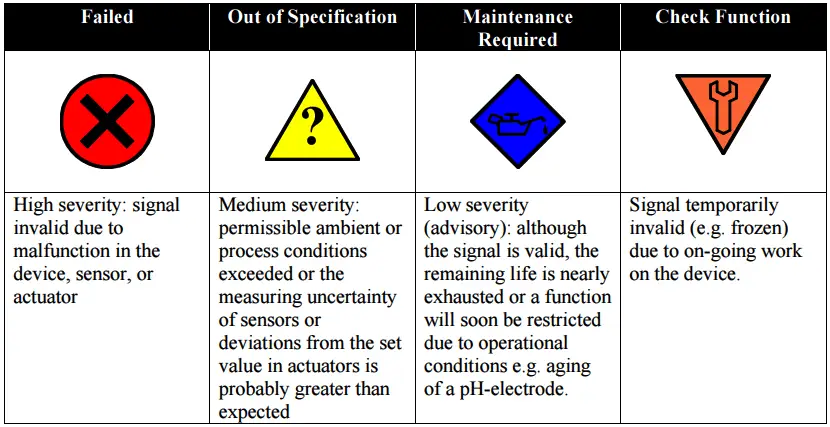
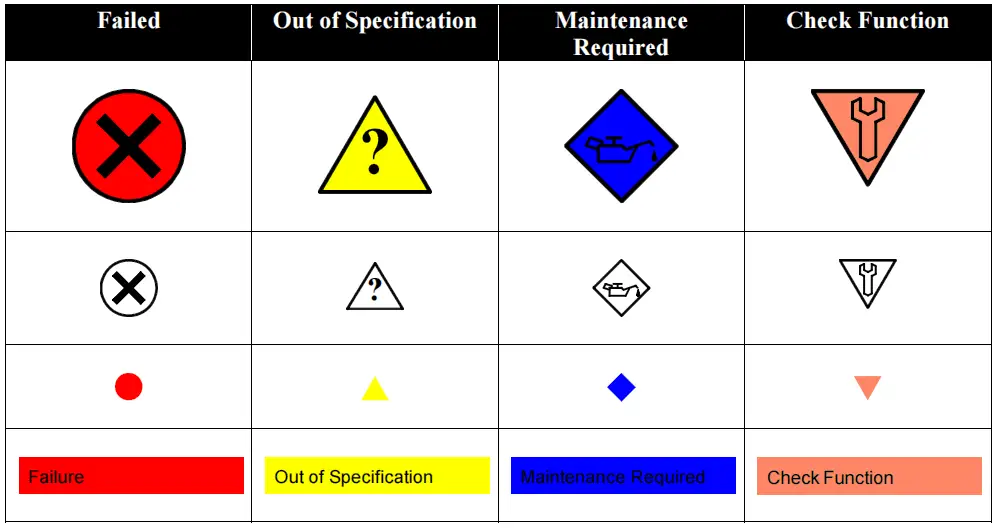

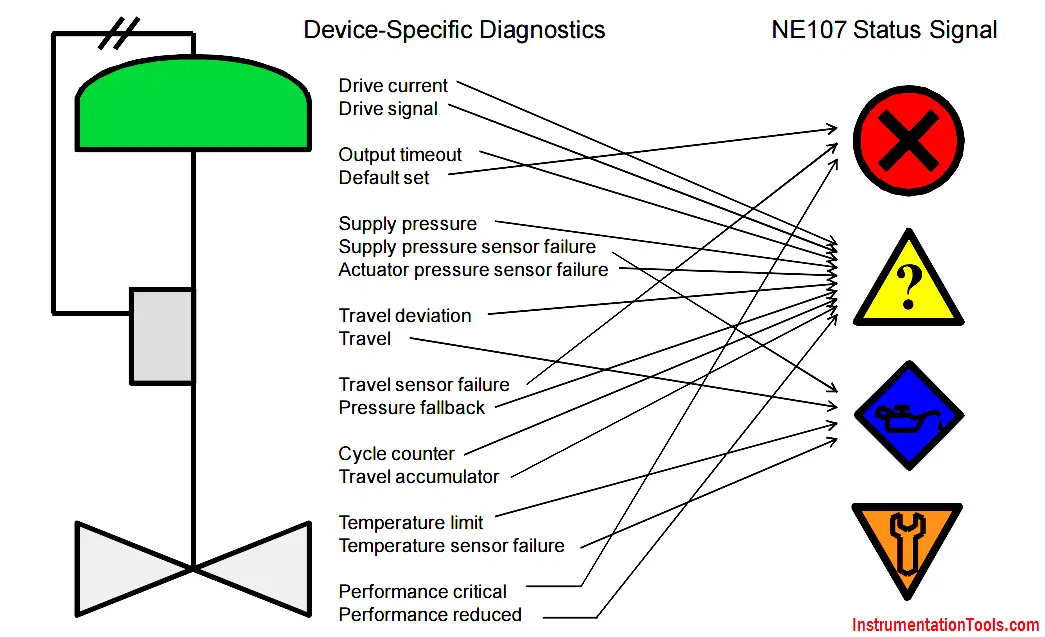
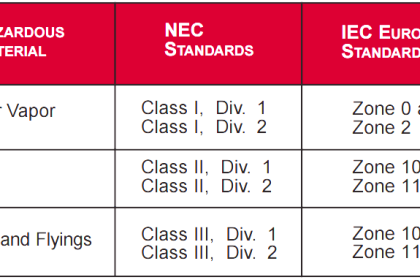
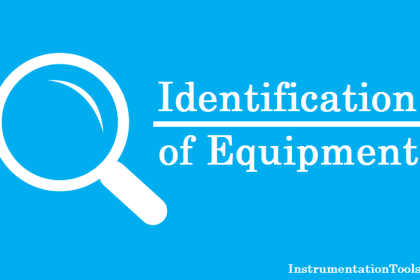
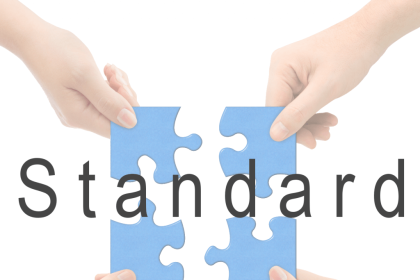


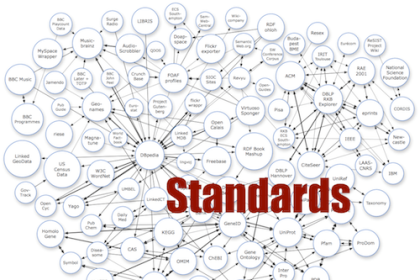


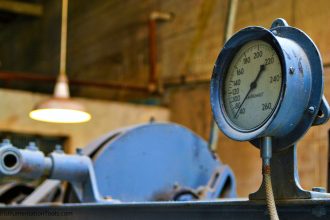
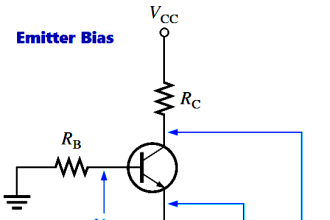

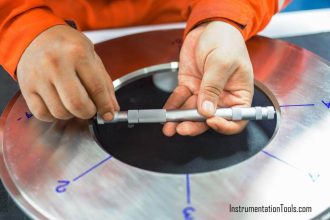
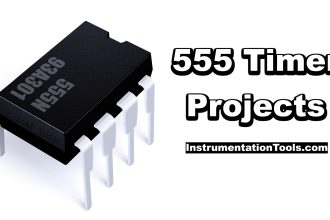
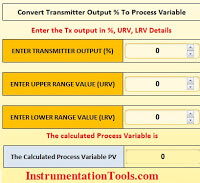
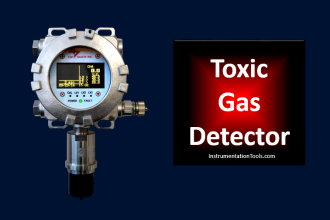
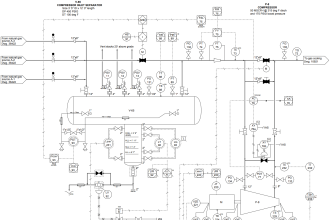

Engineer interview apps is not working
Please update